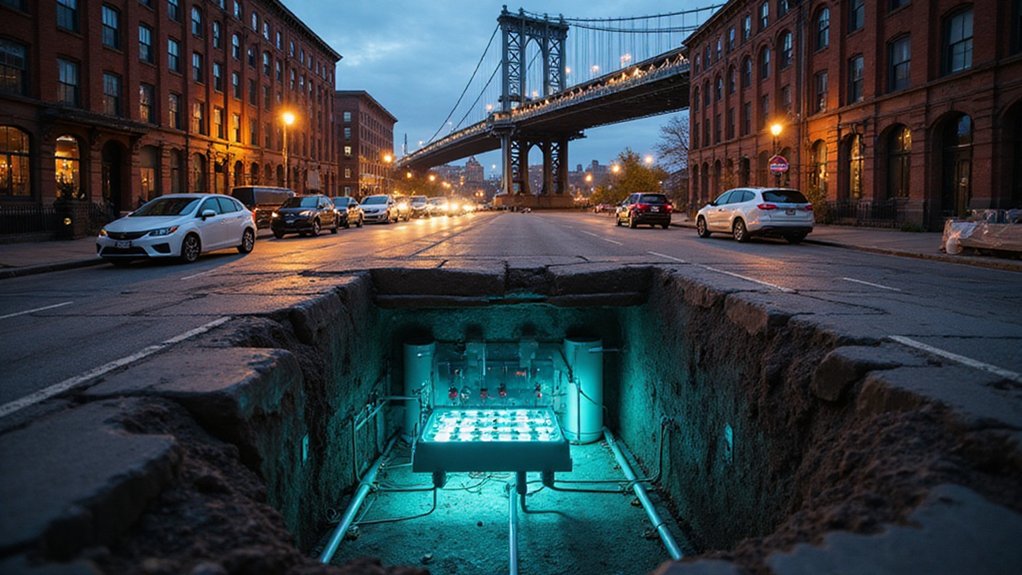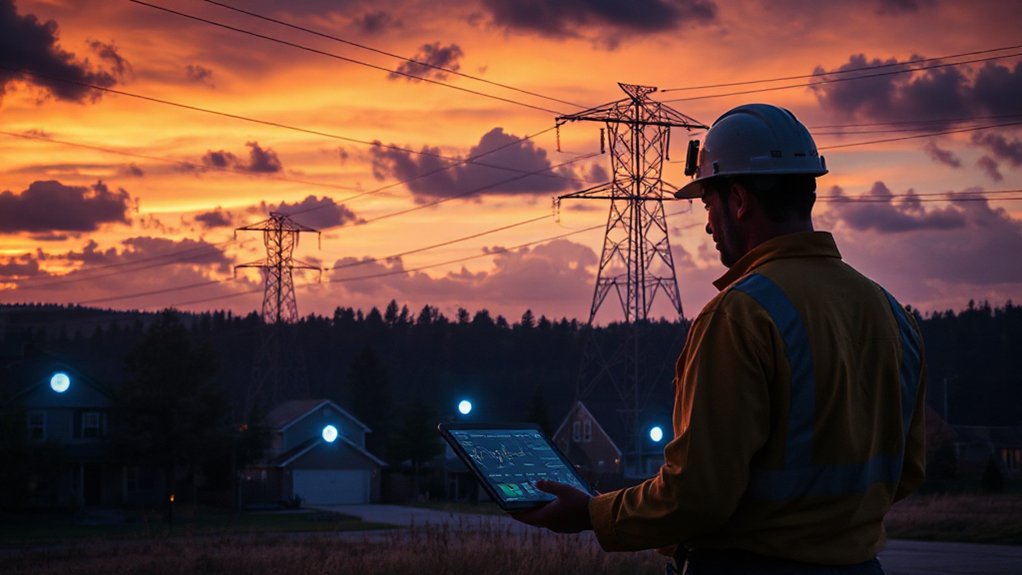As New Jersey residents face electricity bills about 20% higher than the national average, state officials are taking action against what they see as a lack of transparency from PJM Interconnection, the regional power grid operator.
New legislation signed into law requires greater public accountability from PJM, which manages the electrical grid across multiple states.
New Jersey officials demand transparency from PJM Interconnection through legislation requiring public oversight of the multi-state electrical grid operator.
The new laws (AJR216/SJR154 and A5463/S4363) direct the NJ Board of Public Utilities (BPU) to examine if PJM’s Reliability Pricing Model actually lowers costs and guarantees adequate resources. NJ utilities must now disclose their voting records on PJM’s internal decisions, ending years of secrecy about how these critical choices are made.
PJM’s capacity auction for 2024 triggered steep increases in electricity prices, with costs projected to rise approximately 20% in 2025. These price spikes hit low-income customers especially hard, forcing difficult choices between energy and other necessities.
Critics argue that PJM’s decision-making process has been too secretive. Utilities and stakeholders haven’t been fully informed about how prices are set or how planning decisions are made. This lack of transparency makes it difficult to hold PJM accountable to ratepayers.
The BPU is now required to collaborate with other PJM states to advocate for grid reforms that protect consumers and prioritize clean energy. They must report their findings to the Governor and Legislature within a year of the legislation’s passage.
Meanwhile, New Jersey is pursuing other strategies to manage costs. The BPU recently approved grid modernization rules to boost the integration of distributed energy resources like solar panels and battery storage.
These smaller, local power sources are seen as the fastest way to lower peak demand and reduce capacity needs.
The state hopes these combined efforts will bring more fairness and openness to the power grid system while controlling the rising costs that are burdening New Jersey families and businesses.
Without continued clean energy incentives, average Americans could see their electric bills increase by approximately 14% by 2035, adding about $83 annually to household expenses.
References
- https://www.nj.gov/bpu/newsroom/2025/approved/20250521.html
- https://www.njpp.org/publications/explainer/why-are-new-jersey-electricity-bills-going-up-and-what-does-pjm-have-to-do-with-it/
- https://rpa.org/news/lab/whats-happening-with-electricity-rates-in-new-jersey
- https://www.nj.gov/governor/news/news/562025/approved/20250815a.shtml
- https://insideclimatenews.org/news/18082025/new-jersey-measures-demand-pjm-interconnection-transparency/







